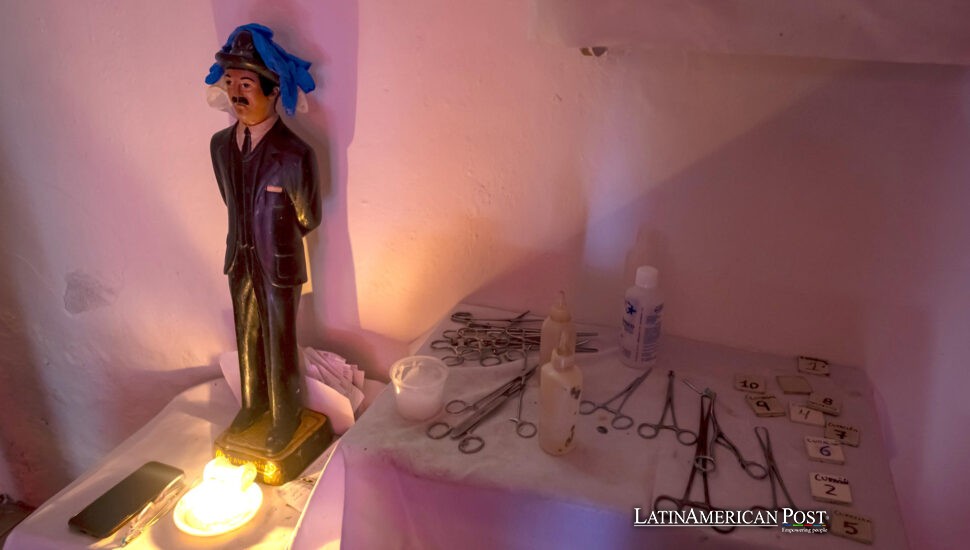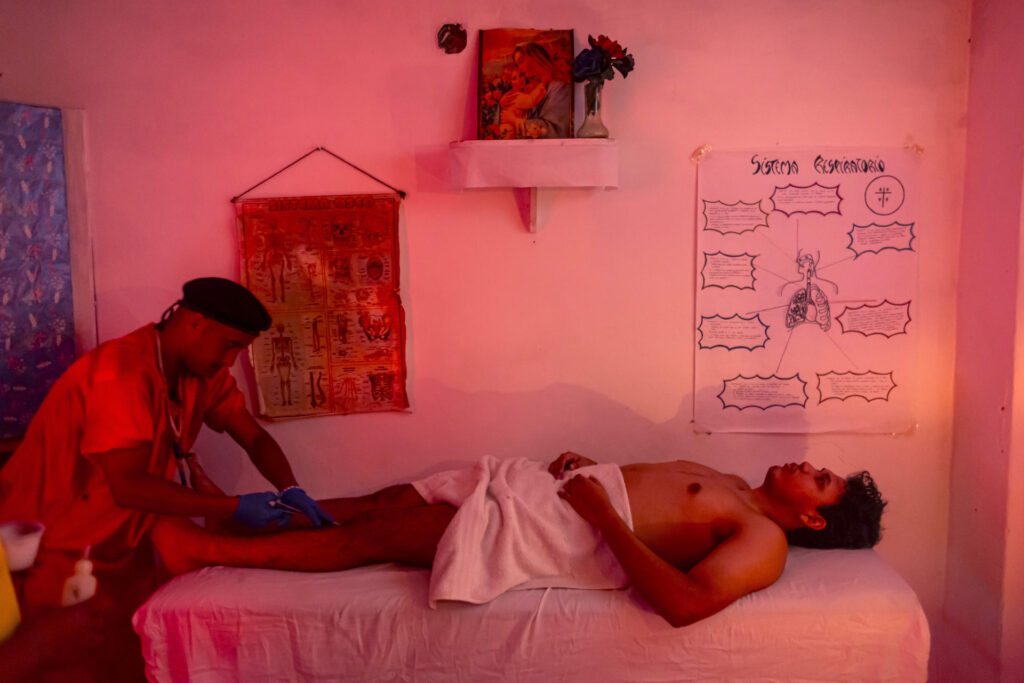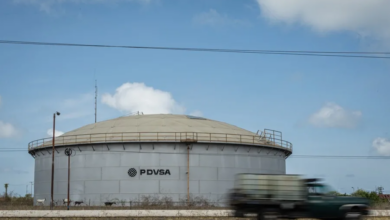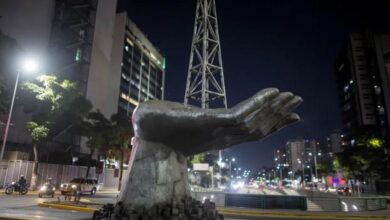Venezuelan Healthcare Crisis Drives Faithful to José Gregorio Healing Rooms

In a nation fractured by politics, shortages, and distrust, José Gregorio Hernández has become something rare—a point of unity. The humble doctor from the Andes, long venerated as the “doctor of the poor,” is now officially Venezuela’s first saint. His canonization is more than a religious milestone. It is a mirror held up to a country in need of healing—of faith in itself, in service, and in one another.
A Saint Shaped by Science and Service
José Gregorio Hernández Cisneros was born on October 26, 1864, in Isnotú, a small town surrounded by misty hills in the state of Trujillo. His parents were devout and poor, and from them he inherited both curiosity and kindness. At the age of 13, he left home for Caracas to study medicine. By the age of 24, he had earned his degree from the Central University of Venezuela, and soon after, he set his sights on the laboratories of Europe.
In Paris and Rome, Hernández studied bacteriology and pathology—fields still in their infancy. He tried twice to become a monk, but his health and temperament drew him back to medicine. “Providence had other plans,” wrote one of his contemporaries, quoted by EFE. Back in Caracas, he founded the country’s first chair of bacteriology, joined the Academy of Physical, Mathematical and Natural Sciences, and began quietly practicing what he preached: modern medicine rooted in compassion.
His patients were not the powerful. They were street vendors, laborers, widows, and orphans. “He never asked if you could pay—he asked where it hurt,” said historian Luis Ramírez, speaking to EFE. The nickname “el doctor de los pobres” came not from legend, but from habit. He opened his home to the sick and paid for medicine out of his own pocket. On June 29, 1919, while crossing a Caracas street to deliver medicine, one of the city’s few automobiles struck him. He was 54.
The city went silent. Crowds filled the streets, weeping. His death felt personal, almost familial. By nightfall, homes across the capital flickered with candles. In the decades that followed, people began calling him San Gregorio—long before Rome did.
A Canonization that Crosses Political Lines
Venezuela’s history rarely pauses for consensus. But José Gregorio’s canonization managed what few events could: it united the government, the opposition, and the people in reverence.
President Nicolás Maduro called the Vatican’s decision “an act of justice for a man who in life protected the most humble,” adding that his sainthood carried “great meaning at a time when our nation feels threatened by the greatest military power in history,” an apparent reference to the United States, according to EFE.
Opposition leaders seized on the exact moment to call for grace at home. Families of political detainees urged the government to free prisoners “in the spirit of mercy” that the saint embodied. The Venezuelan Episcopal Conference, echoing that appeal, asked for “medidas de gracia” to release those held for political reasons. The Attorney General’s Office denied such prisoners existed, insisting those detained had committed crimes. Even so, the discussion itself was rare: for once, Venezuelans were arguing over how best to honor the moment—not whether to divide over it.
On the same day, another Venezuelan, Sister Carmen Rendiles, was canonized, giving the country two saints on the same altar. It felt, if only for a heartbeat, like a moment of reconciliation. “His sainthood belongs to everyone—rich or poor, believer or skeptic, government or opposition,” said Bishop Tulio Ramírez, vice postulator of the cause, to EFE. “That’s what makes him truly Venezuelan.“
Miracles, Folk Faith, and the Long Road to Rome
The road to sainthood is long, and in José Gregorio’s case, it began officially in 1949. He was declared Servant of God in 1972 and Venerable years later. But the Vatican requires proof—a miracle. It found one in Yaxury Solórzano Ortega, a 10-year-old girl from Guárico who survived a gunshot wound to the head in 2017 after her mother prayed to José Gregorio. “Science could not explain her recovery,” said Bishop Ramírez to EFE, “so faith filled the space science could not.“
In 2021, Pope Francis approved the miracle and beatified Hernández in a ceremony broadcast live from Caracas, where crowds wept as if a century of devotion had finally been heard. The final step—canonization—followed after the Vatican confirmed a second miracle, which was again tied to an unexplained healing.
But the people never waited for Rome’s permission. For generations, José Gregorio’s portrait has stood beside the Virgin and Saint Anthony on household altars. He is venerated not only in churches but in street shrines, where candles burn beside stethoscopes and medicine bottles. His image also lives within syncretic traditions, part of Venezuela’s broader spiritual mosaic that blends Catholic devotion with African and Indigenous roots.
Some in the Church once worried that this hybrid faith would delay his sainthood. Others saw it as the most valid proof of his reach. “He listens to everyone—doctors, the sick, the desperate, the doubtful,” said María Luisa Gómez, a devotee who lights a candle for him every Sunday, speaking to EFE outside La Candelaria Church.

From Isnotú’s Hills to La Candelaria’s Shrine
After his death, pilgrims flocked to José Gregorio’s tomb in the Cementerio General del Sur. So many candles were lit that one vigil set the headstone ablaze, according to the Venezuelan bishops. In 1975, his remains were relocated to La Candelaria, a small church in downtown Caracas, which now serves as a sanctuary of gratitude.
Inside, walls are covered with offerings—crutches, photos, handwritten notes, wedding rings. The air smells of wax and prayer. Visitors line up daily, whispering thanks for jobs found, illnesses cured, and losses endured. “It’s not superstition; it’s hope,” said Father Numa Molina, one of the shrine’s caretakers, in remarks to EFE. “He teaches us that medicine and faith aren’t enemies. They’re two sides of care.“
Meanwhile, Isnotú, his birthplace, has become a pilgrimage site, where visitors climb the hill to a modest chapel overlooking the valley. “People come with tears and leave lighter,” said Father José Jiménez, who guards the shrine, speaking to EFE. “He healed the body in life and now heals hearts.“
For Venezuela, weary from decades of division, José Gregorio Hernández offers a different kind of cure—not political or economic, but moral. He reminds the country that service can be sacred, that science can be merciful, and that compassion is its own revolution.
In a world hungry for heroes, the “doctor of the poor” stands out precisely because he wasn’t trying to be one. He was doing his job—with love, humility, and faith. And in a time when both science and sanctity are questioned, Venezuela’s new saint bridges the two.
Also Read: José Gregorio Hernández: Venezuela’s Saint of Science and the Poor
A century after his death, José Gregorio Hernández still makes house calls—through prayers, through stories, through the quiet conviction that kindness, too, can be divine…




